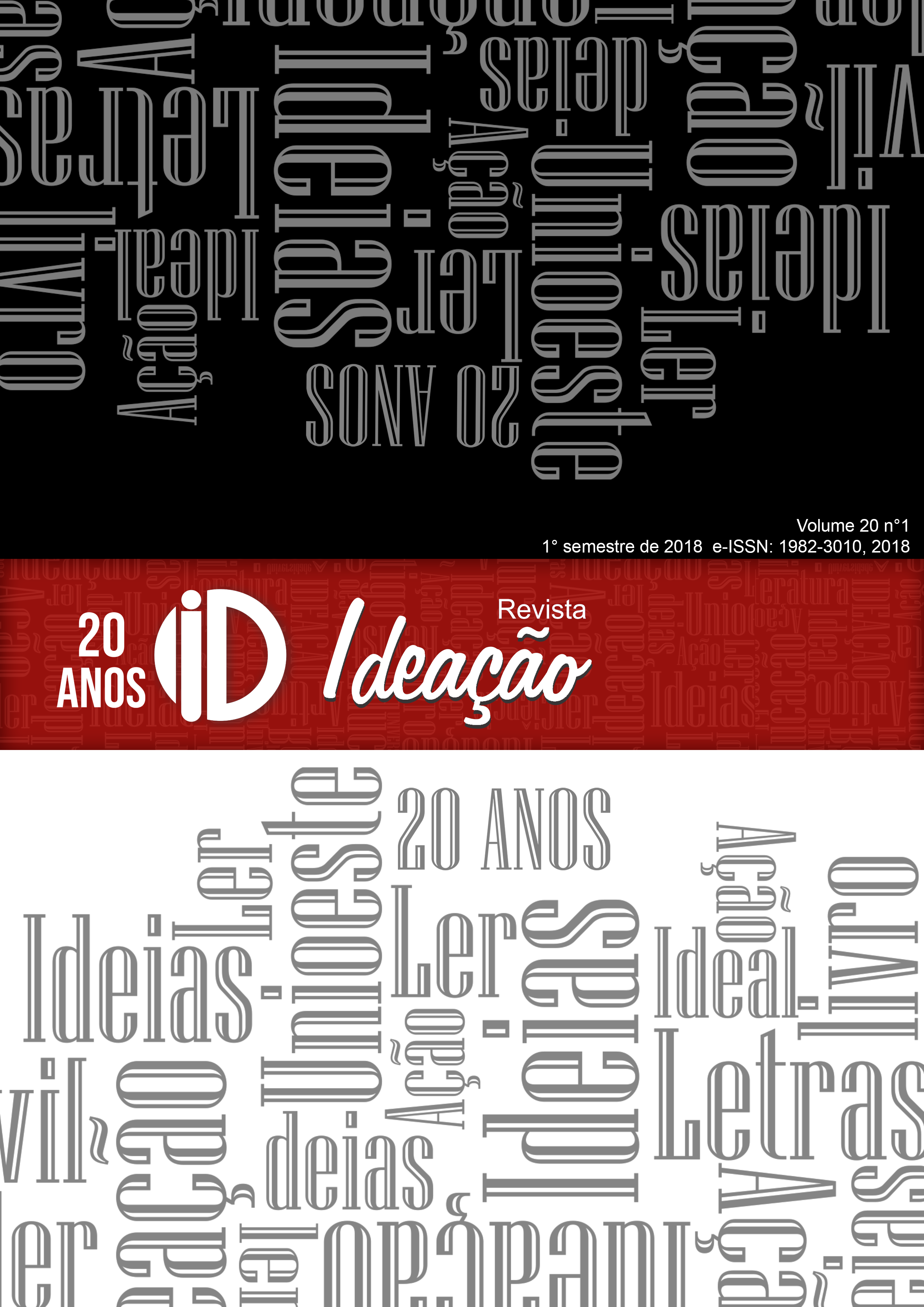L’INTERDISCIPLINARITÉ EN ENSEIGNEMENT: REPRÉSENTATIONS, FONDEMENTS, PRINCIPES ET ATTRIBUTS
DOI:
https://doi.org/10.48075/ri.v20i1.23070Keywords:
Système scolaire québécois, enseignement primaire, interdisciplinarité, intégration, clarifications conceptuelles, caractéristiques, attributs et opérationalisation.Abstract
Lʼarticle traite de la question interdisciplinaire dans lʼenseignement primaire québécois. Il montre dʼabord la difficulté de compréhension que les enseignants ont de lʼusage de lʼinterdisciplinarité tant sur le plan de sa représentation que de sa mise en œuvre en classe en présentant quatre tendances dominantes observées: pseudo-interdisciplinaire, hégémonique, éclectique et holiste. Ces résultats de recherches conduisent à la nécessité d’apporter des clarifications conceptuelles au regard d’interprétations du concept dʼinterdisciplinarité et des différentes notions qui lui sont associées, mais aussi à procéder à quelques distinctions de base quant aux finalités poursuivies par le recours à lʼinterdisciplinarité et aux modalités qui en découlent, ce qui permet de proposer une définition opérationnelle de ce concept dans le cadre scolaire. Il est dès lors permis de mettre en exergue différents attributs fondamentaux qui caractérisent lʼinterdisciplinarité scolaire et dʼen dégager quelques principes jugés indispensables. Enfin, six conditions opératoires sont avancées pour assurer une application cohérente de lʼapproche interdisciplinaire en classe. La conclusion rappelle le danger de deux oublis: celui du caractère interdisciplinaire de toute discipline sur le plan sociohistorique et celui de caractère intersubjectif, dialogique et social, de toute production du savoir.Downloads
Published
How to Cite
Issue
Section
License
Authors who publish in this journal agree with the following terms:
1. Authors maintain copyright and grant the journal the right of first publication, with the work simultaneously licensed under the Creative Commons Attribution License that allows the sharing of the work with recognition of authorship and initial publication in this journal.
2. Authors are authorized to assume additional contracts separately, for non-exclusive distribution of the version of the work published in this journal (e.g., to publish in an institutional repository or as a book chapter), with acknowledgment of authorship and initial publication in this journal.
3. Authors are allowed and encouraged to publish and distribute their work online (e.g., in institutional repositories or as a personal page) at any point before or during the editorial process, as this may generate productive changes, as well as increase the impact and citation of the published work (See The Effect of Free Access).
Creative Commons License
This work is licensed under a Creative Commons Attribution-Noncommercial-ShareAlike 4.0 International License, which permits sharing, copying, distributing, displaying, reproducing, the whole or parts provided it has no commercial purpose and the authors and source are cited.


